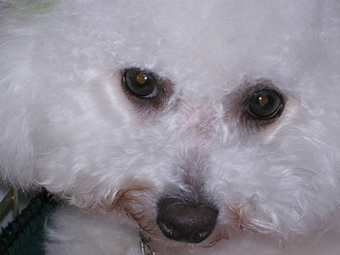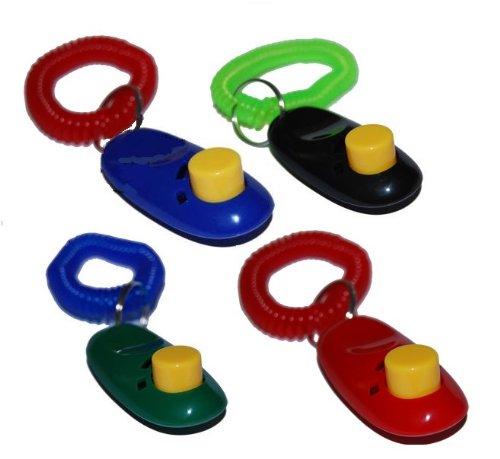
When working with a pet dog, lots of individuals make use of verbal commands, or possibly a remote control device with canine training deals with. They don't recognize the effectiveness of hand signals during obedience training. Hand signals are a reliable method for a canine to understand exactly what the owner wants and can help strengthen other canine training techniques.
Why make use of hand signals?
Hand signals assist to obtain a pet dog's attention and to see to it he understands what the owner desires. Occasionally, exactly what an owner states may be unclear, or their body movement sends a various message than a verbal signal. This confusion will only create anxiety and damage the relationship in between the trainer and his canine companion.
Hand signals can help remove ambiguity that may originate from verbal commands. At times, it is much easier to get a pet dog's attention with hand signals. If a pet is excited, or far away from the owner, she might not hear her owner and yelling only upsets the animal. Utilizing motions will make sure that the pet knows exactly what to do, even if they are not close more than enough to hear the owner's voice.
Who makes use of hand signals?
Non-verbal commands belong of the most advanced training for canines. People who position their animals in animal programs or competitors use hand commands. With all the animals and people as competitions, the noise can be sidetracking and puzzling. With non-verbal commands, the pet dog focus is on the trainer, and there is no misunderstanding of what requires to be done.
Since the canines are farther away, hunters often make use of hand commands. Another factor for gestures while hunting would be to prevent frightening the game. The signals they utilize are effective however basic to keep pet and owner functioning as a team.
Attack dog and help pet dogs are practiced to understand hand gestures and other non-verbal commands so that they can secure people. Their LocalBark.com methods are advanced than those found out by show and hunting pets, however all hand commands begin with three or 4 fundamental gestures.
Standard Hand Signals
Stop: There are 2 various gestures utilized for this command. One method is to hold your give out parallel to the ground, palm dealing with outward toward the pet. The other common signal is to curl your forefinger and touch the suggestion of your thumb. Then, lower the other three fingers parallel to your thumb and index finger.
Stay: Stay is similar to the universal stop motion but can be confused with the stop command unless you make use of the Sign language Stop gesture by touching your thumb and index finger then bringing the other fingers parallel
Come Right here: This command begins with your arm out parallel to the ground, then you bring your arm across your chest up until you touch your opposite shoulder. If you are out in a field, another training technique is to begin with your arm at a 90-degree angle and then wave it over your head.
Sit: This gesture can also be used if your pet dog is jumping. Put your arm out, palm facing downward, and afterwards point your forefinger toward the ground. Please if you want to review even more details see for yourself.
 Is it a Dog or a Bear?
For large dog breed lovers t
Is it a Dog or a Bear?
For large dog breed lovers t
 Top 10 Dogs for Apartment Living - Ten dog breeds that do well in apartments
The Top 10 Dogs for Apartment Living
“What dog will d
Top 10 Dogs for Apartment Living - Ten dog breeds that do well in apartments
The Top 10 Dogs for Apartment Living
“What dog will d
 How to Winter Proof Your Dogs Paws
Two Products That Will Do Wonders For Mans Bes
How to Winter Proof Your Dogs Paws
Two Products That Will Do Wonders For Mans Bes
 Puppy Potty Training Carpet Cleaning Tips
Potty Training A PuppyHow To
Puppy Potty Training Carpet Cleaning Tips
Potty Training A PuppyHow To
 How To Train Your Golden Retriever
Golden Retriever Puppies
Credit: Phot
How To Train Your Golden Retriever
Golden Retriever Puppies
Credit: Phot
Copyright © 2005-2016 Pet Information All Rights Reserved
Contact us: www162date@outlook.com